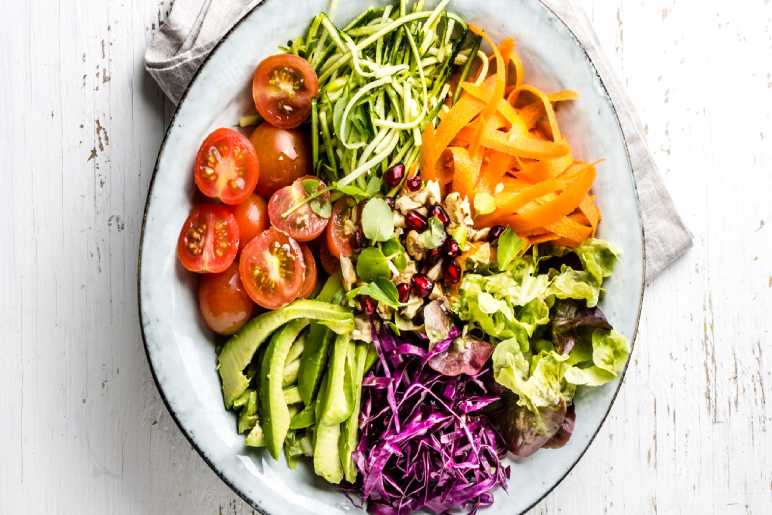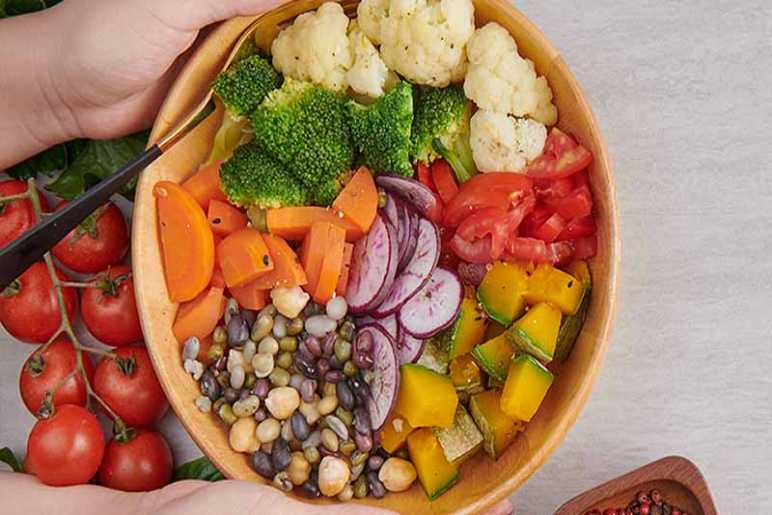As pet parents, we all want the best for our furry companions, and feeding them a nutritious diet is at the top of that list. A growing trend among dog owners is switching their pets to a raw food diet, believing it offers health benefits like shinier coats, increased energy, and improved dental health. However, calculating the right amount of raw food to give your dog can be confusing. That’s where a raw food calculator comes in handy. In this blog, we’ll explore how to use a raw food calculator to ensure your dog gets the right amount of food and nutrients.
What is a Raw Food Diet?

Before we dive into the specifics of the raw food calculator, let’s briefly talk about the raw food diet itself. This diet typically consists of uncooked meat, bones, and sometimes fruits and vegetables. The idea behind feeding raw is to mimic what a dog’s ancestors ate in the wild. Common ingredients include:
- Raw meats like chicken, beef, lamb, and fish
- Organs such as liver and kidneys
- Bones, either whole or ground
- Vegetables like carrots, spinach, or broccoli
- Fruits like apples and blueberries (without seeds)
While this diet can be nutritionally beneficial, the challenge lies in feeding your dog the correct portions and maintaining a balance of essential nutrients.
The Importance of a Raw Food Calculator

Feeding your dog too much or too little raw food can lead to health problems. Too much food can result in weight gain, while too little can cause nutrient deficiencies. A raw food calculator ensures that your dog is consuming the right amount of food based on their weight, activity level, and specific needs.
Raw food calculators take the guesswork out of meal planning by providing accurate feeding recommendations. The key factors that influence the amount of food your dog needs include:
- Weight: Larger dogs obviously need more food than smaller ones.
- Activity level: Active dogs will require more calories than those who are less active.
- Age: Puppies have different dietary needs compared to adult dogs or seniors.
- Health conditions: Dogs with certain health issues may need a modified diet.
How to Use a Raw Food Calculator
Using a raw food calculator is straightforward. Here’s a step-by-step guide:
- Input your dog’s weight: Most calculators will ask for your dog’s current weight. Some calculators might also ask for your dog’s ideal weight if they need to lose or gain pounds.
- Select your dog’s activity level: Is your dog highly active, moderately active, or mostly sedentary? An active dog will need more calories to sustain its energy levels, while a less active dog requires fewer.
- Choose your dog’s life stage: Puppies, adult dogs, and senior dogs all have different nutritional needs. A calculator will adjust the feeding portions accordingly.
- Consider health factors: If your dog has any underlying health issues, some calculators will allow you to factor this in, recommending a diet that takes those concerns into account.
- Get the results: Once you’ve filled in the required fields, the calculator will provide you with the recommended amount of raw food to feed your dog daily.
Many calculators will also break down the percentage of proteins, fats, and other nutrients to ensure that your dog’s diet remains balanced.
Common Misconceptions About Raw Food Diets
Switching to a raw food diet can be overwhelming, and there are some common misconceptions about feeding raw that often discourage pet parents from trying it out.
- Raw food is unsafe: While it’s true that raw food needs to be handled properly to avoid contamination, commercial raw dog food is typically prepared under strict hygiene standards. If you’re preparing raw meals at home, ensuring proper food storage and preparation is key.
- Bones are dangerous: Many people worry about feeding bones, but raw bones (as opposed to cooked bones) are generally safe for dogs. They can actually help clean teeth and provide essential nutrients like calcium. However, always supervise your dog to prevent choking.
- A raw food diet lacks essential nutrients: This is where using a raw food calculator comes in handy. By ensuring the right balance of protein, fat, and other nutrients, you can avoid deficiencies. You can also consult your vet or a canine nutritionist if you’re unsure.
Benefits of a Raw Food Diet
- Shinier coat: One of the first things you may notice when switching your dog to a raw food diet is an improvement in their coat. The high-quality protein and fats in raw food often lead to healthier skin and a shinier, softer coat.
- Improved energy levels: Many dog owners report that their dogs have more energy and stamina after switching to a raw diet. This is likely because raw food provides a more natural source of energy.
- Better digestion: Raw food is easier for some dogs to digest compared to highly processed kibble. This can lead to smaller, firmer stools and less flatulence.
- Cleaner teeth: The act of chewing on raw bones helps clean a dog’s teeth, reducing plaque buildup and promoting healthier gums.
How to Transition Your Dog to a Raw Food Diet
If you’ve decided to switch your dog to a raw food diet, it’s important to transition them slowly to avoid digestive issues. Here’s a simple plan:
- Start small: Begin by replacing 25% of your dog’s current food with raw food for the first few days.
- Gradually increase: Over the course of a week or two, gradually increase the amount of raw food until it fully replaces your dog’s previous diet.
- Monitor your dog: Keep an eye on your dog’s stools, energy levels, and overall health during the transition. If you notice any concerning symptoms, consult with your vet.
Seek Professional Guidance
When considering a raw food diet for your dog, it’s essential to consult with your vet or a canine nutritionist. They can help you tailor the diet to your dog’s specific needs and ensure they’re getting the right nutrients. In some cases, you may even want to work with a professional dog trainer, especially if your dog has specific dietary or behavioral needs.
Speaking of professionals, if you’re in the Liverpool area and need help with dog training, we highly recommend checking out Dog Trainer Liverpool. Their expert trainers can help your dog achieve better behavior while staying healthy on their new diet.
Conclusion
A raw food diet can offer numerous benefits for your dog, but it’s essential to get the portions right. By using a raw food calculator, you can ensure that your dog gets the perfect amount of food for their weight, activity level, and age. Whether you’re a seasoned raw feeder or new to the concept, these tools can make feeding your dog both easier and more accurate.
Always consult with your vet or a canine nutritionist before making any drastic changes to your dog’s diet, and don’t forget to monitor their health regularly. A happy, healthy dog is the best reward for all your efforts!
Have A Look :-
